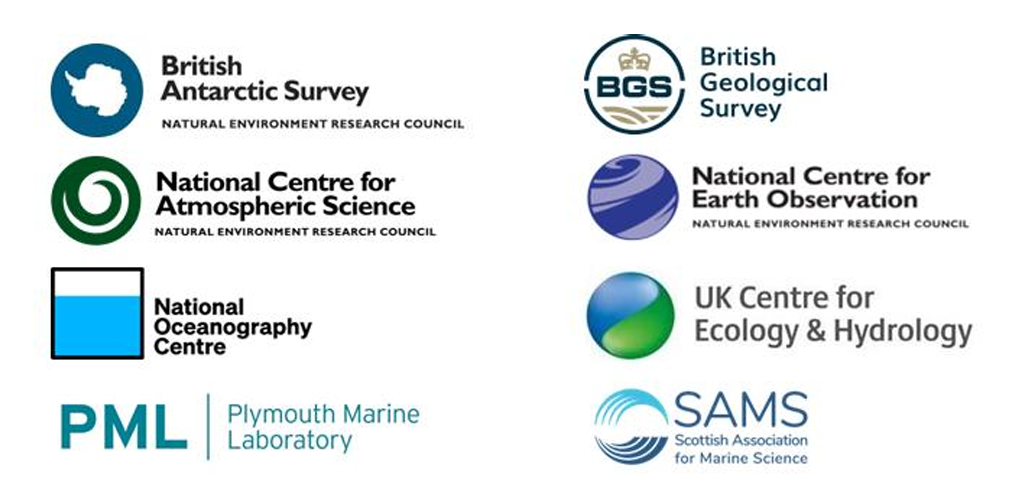The Natural Environment Research Council (NERC) has commissioned a review of Uncrewed Aerial Systems (UAS) to support low-carbon science research for the environment.
The report, co-authored by experts from eight NERC centres, highlights the role of UAS in reducing carbon emissions and advancing environmental science. Key recommendations include investing in UAS technology and addressing barriers to its use. The report also features case studies demonstrating the benefits of UAS in various applications. Two projects have been funded to implement these recommendations, focusing on geophysical data collection and mapping underwater environments.
To overcome key barriers, the report makes the following recommendations:
- To overcome regulatory barriers
- To build capacity and capability
- To encourage the most fruitful technology development and integration
- To strengthen trust in the veracity of measurements
- To facilitate data uptake by third-party-users
Funded UAS projects
Linked to this scoping study, NERC has recently funded two projects that will begin delivering on some of the key recommendations of the report.
These projects are as follows:
Net zero aerial capability for geophysical sensing (NZArC GeoSen), Led by Luke Bateson, BGS
This project, delivered in collaboration with BAS, will establish the capability to characterise the shallow subsurface through geophysical data collected by UAS will provide valuable insights into geological structures, hydrogeological processes, and the impact of climate change.
By developing two complementary capabilities, the project will enable high-resolution, low-cost data collection. The two complementary capabilities are:
- for local 3D subsurface imaging in the UK using time-domain electromagnetics
- for large-scale ice thickness measurements in Antarctica using ice-penetrating radar
Current geophysical sensing technology relies on larger aircraft or ground vehicles, which aren’t suited for low-carbon, drone-based systems.
NZArC GeoSen aims to change that by developing new technology that works with UAS, helping to reduce carbon emissions.
Testing in Antarctica, where rules for flying drones are more flexible, will help create procedures that could eventually lead to changes in UK regulations.
A remotely piloted aerial Green LiDAR for mapping bathymetry of shallow waters and elevation of boundary land, Led by Aser Mata, PML
This project is delivered in collaboration with BGS, NOC, SAMS and UKCEH and aims to revolutionise how underwater environments, particularly shallow waters like river sections and coastal areas, are mapped.
Mapping of shallow waters is vital for studying blue carbon habitats such as mangroves, seagrasses, and tidal marshes as these are some of the most efficient natural carbon sinks on Earth.
These habitats store and sequester carbon at rates far exceeding tropical forests but mapping their underwater terrain (bathymetry) and estimating carbon storage has been a major challenge.
The project will use a novel sensor, designed for both topographic and bathymetric surveys, for mapping underwater environments that are hard to reach, and this will be mounted on a low carbon UAS platform.
This research will have reduced carbon footprint compared to if delivered via a traditional aircraft so will enable faster, more accurate data collection with less environmental impact.

24 October 2024

